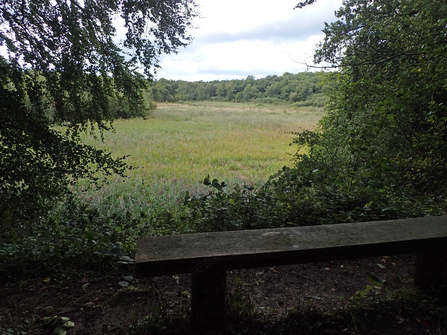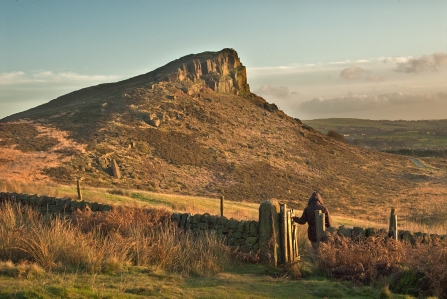By pledging to support nature’s recovery, Staffordshire County Council have taken an important step towards ensuring nature is given the focus and resources it needs. It is encouraging that our decision-makers are pledging to take action to address the ecological emergency, and that it receives the same prominence in policy as climate change. The climate and nature crises are inextricably linked, and we can’t fix one without fixing the other. It is imperative that we take action now to reverse the continuing collapse of our natural world.Staffordshire Wildlife Trust
Wildlife Charity Welcomes County Council’s Commitment to Nature’s Recovery
During a meeting of the full council on Thursday February 10, members voted unanimously to pass a Motion for Nature’s Recovery, which was proposed by Councillor Simon Tagg, the Staffordshire cabinet member for environment, infrastructure and climate change.
The Trust has worked closely with Councillor Tagg to shape the Motion – advising on actions the authority could take to help to reverse the decline of wild species and provide a more hospitable landscape for wildlife.

Loynton Moss, one of SWT's peatland nature reserves
Liz Peck, Advocacy and Campaigns Manager for the Trust, said: “The natural world is in crisis, and populations of many of our best-loved species are in freefall. Our landscape is becoming increasingly inhospitable for wildlife, primarily due to habitat loss and fragmentation, the impacts of climate change and pollution.
“By pledging to support nature’s recovery, Staffordshire County Council have taken an important step towards ensuring nature is given the focus and resources it needs. It is encouraging that our decision-makers are pledging to take action to address the ecological emergency, and that it receives the same prominence in policy as climate change. The climate and nature crises are inextricably linked, and we can’t fix one without fixing the other. It is imperative that we take action now to reverse the continuing collapse of our natural world.”
Staffordshire County Council’s cabinet member for environment, infrastructure and climate change Simon Tagg said: “Our Nature Recovery Declaration recognises the role the county council will play in leading the recovery of nature across Staffordshire, as recently confirmed in the Environment Act 2021.
“We will now develop a Local Nature Recovery Strategy (LNRS) with our partners in the districts and boroughs, working closely with our communities and other partners across the county, such as Staffordshire Wildlife Trust.
“Halting the decline of wild species, and the preservation and enhancement of Staffordshire’s natural habitats and environment, is beneficial to everyone and is central to our aims to tackle climate change. This underpins a healthy, happy, prosperous society which we want all people in Staffordshire to enjoy.”

The Roaches, another of SWT's peatland reserves.
The LNRS will be embedded across all the county council’s operations, from land management to business development sites and highway maintenance.
Under the LNRS, the council has signed up to a series of actions including:
- developing an evidence-based action plan including short and long-term targets for putting nature into recovery by 2030;
- prioritising the protection of peatlands and other high quality wildlife habitats;
- formulating a tree strategy that is guided by ecological mapping to identify the best locations for tree-planting;
- investing in nature-based solutions to climate change in order to tackle the nature crisis and climate emergency together.
The Council’s pledge comes at a pivotal time for nature. The most recent comprehensive study into wildlife populations, The State of Nature Report, 2019, revealed that 41 per cent of species are in decline and an alarming 15 per cent face extinction.
The solution to the crisis is complex and multifaceted but an important aspect is the careful and strategic management of land. To reverse nature’s decline, the landscape needs to be much more joined-up for nature. Nature needs more space dedicated to ecological recovery, with improved connectivity between these areas, so wild populations can expand and move around the landscape freely. The Wildlife Trusts call this vision a ‘Nature Recovery Network’.
Staffordshire Wildlife Trust is calling on other local authorities to follow suit and commit to nature’s recovery, embedding the natural world into the heart of local decision-making.
